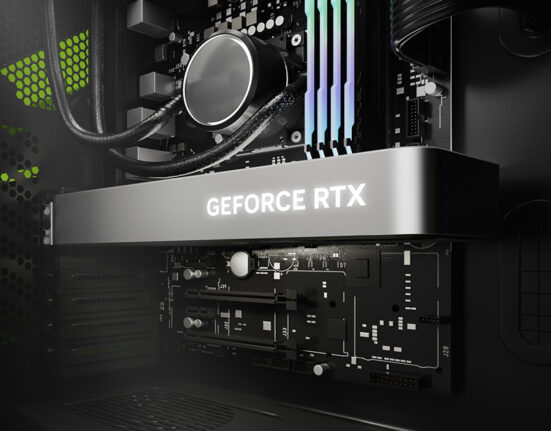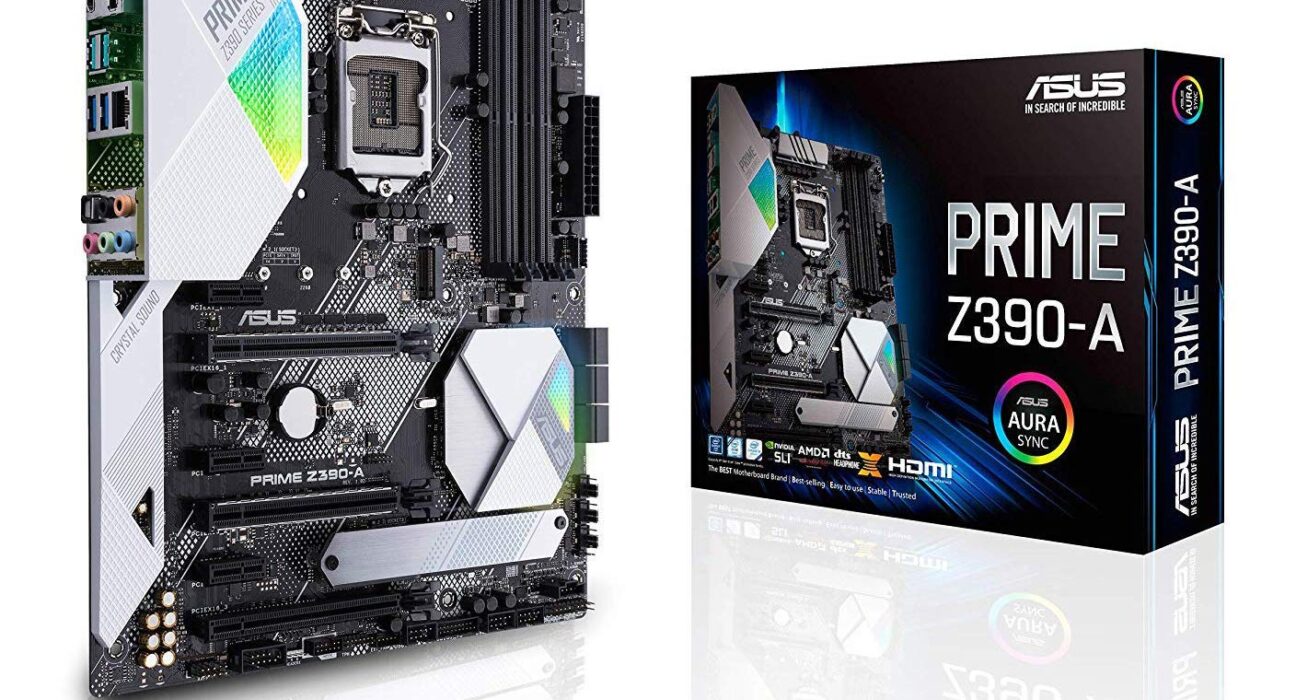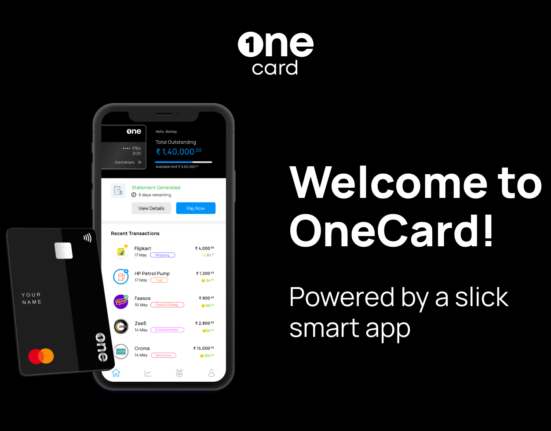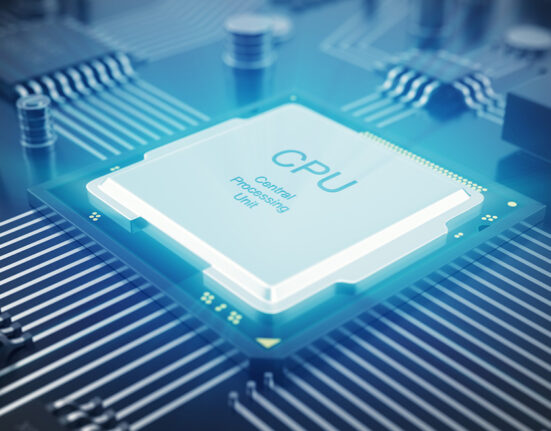Introduction
Cryptocurrency mining is a way to verify digital transactions and add them to the blockchain. As more transactions are confirmed, new blocks join the blockchain, and miners get a reward for their effort. It usually is cryptocurrency like Bitcoin.
Choosing the correct motherboard for mining is essential for performance and profitability. Whether you are getting a new one or upgrading the current one, you should make sure it works with existing and future GPUs and is compatible with other parts in the mining rig.
It is thus very important to examine different motherboards before buying. In this guide, we will talk about the best motherboards for cryptocurrency mining in 2023. We will discuss features such as CPU compatibility, PCI Express slots, RAM capacity, and overclocking support.
What to Look For in a Motherboard
Mining? Get the best motherboard! Invest in a quality one that’s fast and reliable. Consider CPU socket, chipset, USB ports, RAM type, overclocking, cooling system, and software. All these must be looked at for the perfect motherboard for mining. Get the best one!
Socket Type
Socket type is key when picking the right motherboard for your computer. It decides which CPU you can use. Some common types include LGA 1156 and LGA 2011.
Intel’s LGA 1151 (which people usually call “socket 1151”) supports Intel’s Core i3/i5/i7 series processors. It also has improved power efficiency, better cooling, and native support for DDR4 memory.
AMD’s AM4 socket became available in 2017. It has lots of options from basic systems to ones with multi-GPUs. It also has overclocking support and integrated Wi-Fi. Plus, it supports ECC memory which helps with data errors due to environmental factors.
If you have an older processor, you may need an older socket such as LGA 775 or LGA 1150. Double check compatibility before getting a new motherboard!
RAM Slots
When deciding which RAM slots to get for your motherboard, first consider how much RAM you need. The type of slots chosen determines the amount of RAM and types/speeds of modules you can use. There are two main types of RAM slots – DIMM and SIMM.
- DIMMs are longer and have more contacts, allowing for faster data transfer speeds. They require similar type modules to be installed for dual-channel mode. DIMMs are less likely to become obsolete than SIMMs.
- SIMMs come in various sizes depending on bandwidth and number of pins. They can accommodate a mix of capacities, meaning larger and smaller modules can be used together. SIMMs also require fewer wires during installation, however they have limited speed compared to DIMMs.
Expansion Slots
Choosing a motherboard? Consider these factors.
Expansion slots are key. They decide what components can attach to the board. Building a mining computer? Need enough slots for components. Look for slots that support x16 graphics cards and other components such as GPUs, SATA ports, and M.2 drives.
Not enough slots on your motherboard? Invest in an aftermarket one with more ports. Or, upgrade to a higher-end model with more components.
Form Factor
Choosing a motherboard for your computer is important. It must fit the form factor. The two most common are ATX and Micro ATX.
ATX (Advanced Technology eXtended) supports multiple graphics cards, large storage drives and high-powered CPUs. It has more expansion slots than Micro ATX. An example of this is Extended ATX (E-ATX). This has larger board dimensions with added PCIexpress lanes. This is great for adding multiple GPUs.
Micro ATX motherboards are smaller and have fewer features. Popular for smaller systems like home theater PCs (HTPCs). They still support regular sized CPUs with 4 RDRAM/DDR slots and 4 PCI/AGP slots. They fit mini towers and still satisfy basic needs like web browsing or casual games.
Top Motherboards For Mining
Mining cryptocurrencies is a great money-maker in the digital world. To get the most out of it, obtain the right hardware. A must-have component? A motherboard! Here, we review the top motherboards for mining in 2023. Get ready for the gold rush!
MSI B450M Pro-VDH
MSI B450M Pro-VDH is a budget motherboard perfect for building an affordable mining rig. It supports AMD Ryzen first and second generation processors and has integrated graphics for high performance while mining. There are 4x SATA 6Gb/s ports and 2x M2 slots to add multiple GPUs.
This board comes with various ports, such as USB Type A, USB Type C, DisplayPorts, HDMI and more. The audio is Realtek ALC887 Codec that gives 5.1 surround sound for gaming. It has DVI-D port for connecting the monitor, two PCIe x16 slots (both Gen3 compliant) with up to 4x PCIe lanes support, one PCI slot and two RAM slots (can hold up to 32GB DDR4 memory at 3200MHz).
There are four system fan headers for PWM (pulse width modulation) and Voltage Controlled Fan modes to control the cooling. This motherboard is complete with heat, noise and power management solutions, plus RGB lighting on the chipset heatsink.
Asus Prime Z390-A
The ASUS Prime Z390-A is one of the best motherboards for cryptocurrency mining. It has up to 24 PCIe slots, allowing you to connect three GPUs directly. Also, it has four DDR4 RAM slots for memory upgrades. It supports Intel i9 and i7 processors and can be overclocked from BIOS level.
This motherboard features integrated USB 3.1 Gen 1 ports for faster data transfer. It also has USB 3.1 Gen 2 headers and USB Type-C port connectors for peripherals. Two LAN ports are supported so more than one miner can be connected without an Ethernet switch or router. An Intel Gigabit Ethernet chip helps with improved reliability and budget savings.
The ASUS Prime Z390-A is strong and reduces vibrations from fans during operation. Plus, there’s plenty of slots for expansion opportunities. Definitely perfect for anyone looking for a reliable solution for cryptocurrency mining.
Gigabyte Z390 AORUS ULTRA
Gigabyte Z390 AORUS ULTRA is a top-notch motherboard for mining rigs. It has an LGA 1151 socket for 8th and 9th Gen Intel CPUs. Plus, up to 64GB of DDR4 RAM. It has three-piece M.2 heatsinks, onboard RGB lighting and active cooling fans. Also, triple PCIe x16 slots make it possible to set up dual or triple GPU clusters in the same rig. Plus more space for add-on cards like sound and network cards.
Altogether, it’s an amazing choice for mining Bitcoin and Ethereum.
ASRock H110 Pro BTC+
The ASRock H110 Pro BTC+ is an awesome motherboard for Bitcoin mining. It offers 13 PCI Express slots and components to run up to 13 graphics cards. It also has a DDR4 memory slot that supports up to 32GB RAM. You get 6 SATA 3 connectors, plus Solid Capacitor design and 4 rear USB 3.0 headers. Plus, it supports 8th and 9th Generation Intel Core™ processors and dual channel DDR4 Memory Technology.
For energy efficiency, it has an advanced power phase design to reduce power loss during heavy loads, making mining more efficient.
Conclusion
Picking a motherboard for your mining rig can be tricky. 2023 brings a lot of features and specs to consider. CPU and graphics card compatibility, RAM capacity, slot types, Max TDP, USB ports – all should be taken into account. Make sure the mainboard meets your miners’ needs. Higher memory is better. Onboard video support can help with multiple GPUs. Decide based on need and budget.
Today, so many mainboards exist! But don’t be overwhelmed. Mining activity has risen over the years, so there are plenty of reliable choices. Our list of motherboards are all great picks for 2023 mining projects – high functionality, low price points – maximizing profitability from your rigs. A great investment for any aspiring miner or enthusiast!











Leave feedback about this